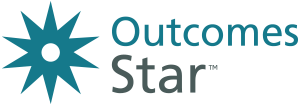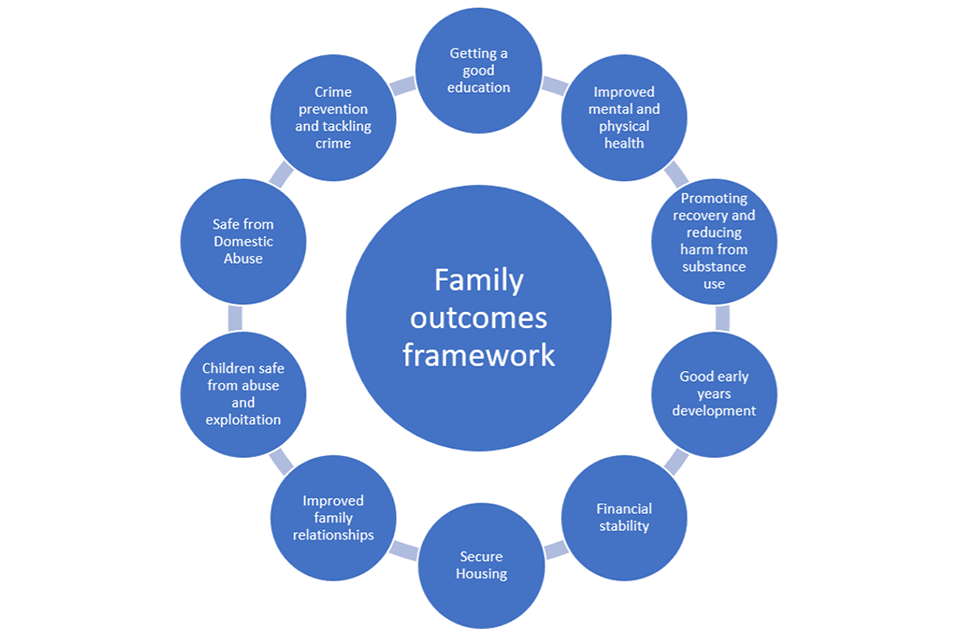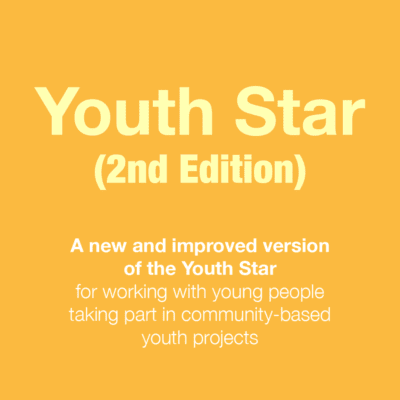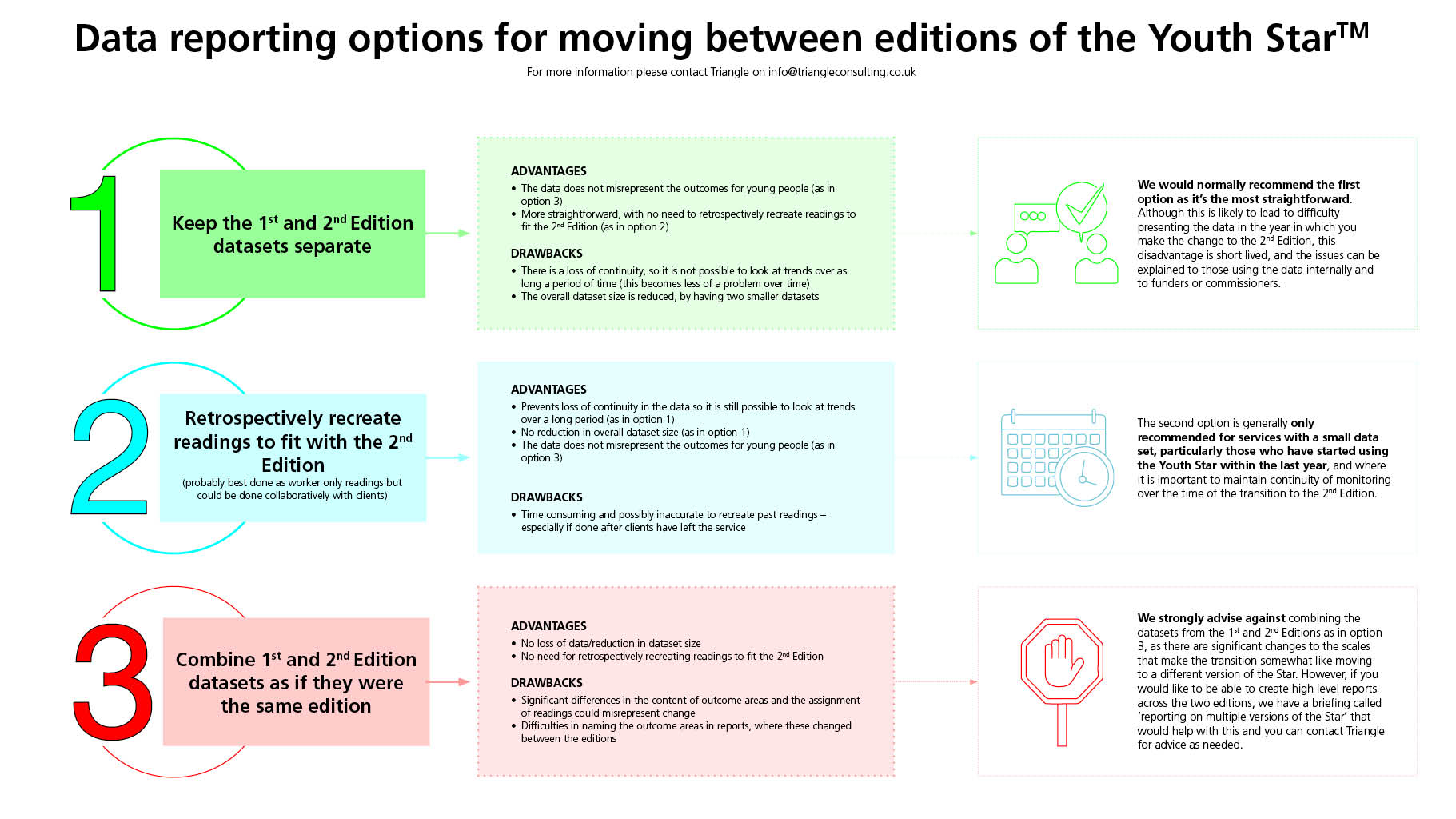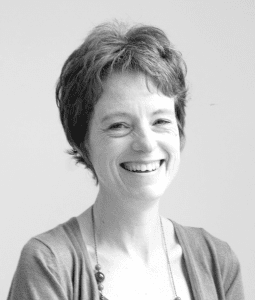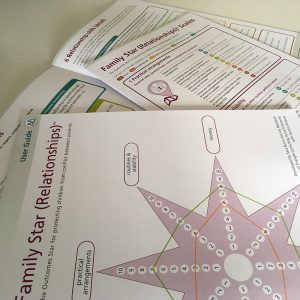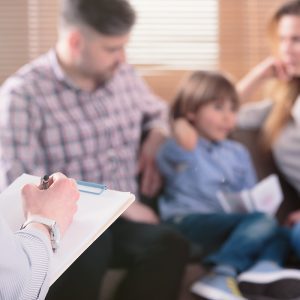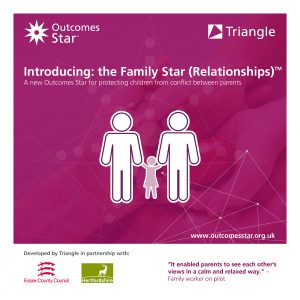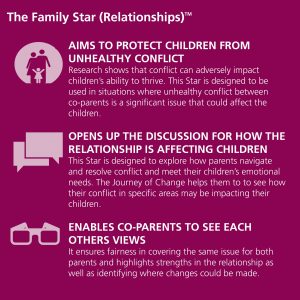Farida Thomson is a Trainer and Implementation Lead at Triangle. She previously worked as a geography teacher and an Early Help Worker for a local authority in London, UK.
Using the Family Star Plus and My Star in practice
I love this job as it enables me to merge all my passions together. It allows me to apply my previous experience using the Star in a practitioner’s capacity to create really meaningful training sessions.
The first thing that stood out to me when I first began using the Star is that it is a visual tool that’s simple for all to understand and engage with. Traditionally, we were used to working with assessments that contained reams and reams of paragraphs, or tick-box exercises that provided little value or insight. The outcome areas on the Star were relevant and made sense to us as practitioners and the families that we were supporting, and this helped us to get to know our clients and their world in a holistic way. The Journey of Change and the ability to have an open conversation using a strengths-based approach made it even more valuable.
How did I use the Outcomes Star in my practice?
We used it with all of our families. The Family Star Plus was used to capture the parental voice and My Star to the capture child’s voice. The Star was a part of our assessment process and would have to be completed in the first four weeks, with reviews held every 12 weeks. If families didn’t want to engage or stopped engaging, we used a worker-only Star; we did not use the retrospective Star option.
What effect did the Outcomes Star have?
It gave our clients a voice. Many said that they felt like we cared about them as a whole person and not just the issue they were presenting with. Many people said it was the first time they were able to really speak about issues they had hidden as either no one wanted to hear about them. or they were not asked about them as it was not their presenting issue. I remember one client describing it as “freedom to talk about me without feeling judged”.
As I began completing more Stars with my families, I realised how versatile and user-friendly it was. I could literally make it bespoke to each person I was supporting while still working within a framework that would provide consistency.
Some of the best Stars I’ve completed have been in a Children’s Centre setting. This enabled me to take the parent/carer out of the chaos of their home environment and allow them to feel safe to have an open and honest conversation. I’ve completed Stars in coffee shops, sitting in a park or during a drive.
Getting it wrong/right…
Initially we didn’t use the Star in a conversational way and there were a lot of 10’s. This demonstrated to us that we needed to change our approach in how to discuss things with our clients. It reiterated the importance of using the User Guide and being able to get accurate readings, as many staff members had forgotten the User Guide existed. We had Star Champions who ran surgeries and gave in-house training on difficult areas or top tips on hot topics. We also evaluated the barriers that were preventing staff from completing the Star in an effective way. Staff reported that they found it a burden to do both Outcomes Star completion and the Initial Assessment. We then added the outcome areas to case notes so that there was not a repetition of work and all elements linked together.
We also began to share the Outcomes Star during Team Around the Family (TAF) meetings using an multi-disciplinary team approach so that no one agency was working in isolation. The additional support, guidance and making it fit with the existing systems and processes that we had made an immense difference in productivity and accuracy.
How can the Outcomes Star data can be used?
The data helped us to identify areas of strength and weakness and gaps in the service or local area. Housing was a key need in our local area as there were over 4,000 people on the temporary housing list, however we couldn’t provide our clients with accommodation. We could, however, help them to look at housing options both in the social and private sector and prepare them to bid. Once we were clear about our boundaries, it made our job easier and our clients’ expectations more realistic.
Another gap in both our service and external services was that there was a 16-week waiting list for clients to access counselling. We identified that without some coping strategies, our clients were unable to make changes in key areas such as putting in a routine. I then trained in Cognitive Behavioural Therapy (CBT) and shared my learning with my colleagues so that we could provide short-term support and fill that gap.
The strengths of our service demonstrated that we were making immense changes in areas of routine and boundaries, and the Star helped us to evidence the changes.
Why should you use the Outcomes Star?
The Star really is a great way to build a relationship, have open and honest conversations and empower the people that we are supporting. The Star is something that we do with our clients and not to them, and this approach itself enables them to make long-lasting changes in their lives.
